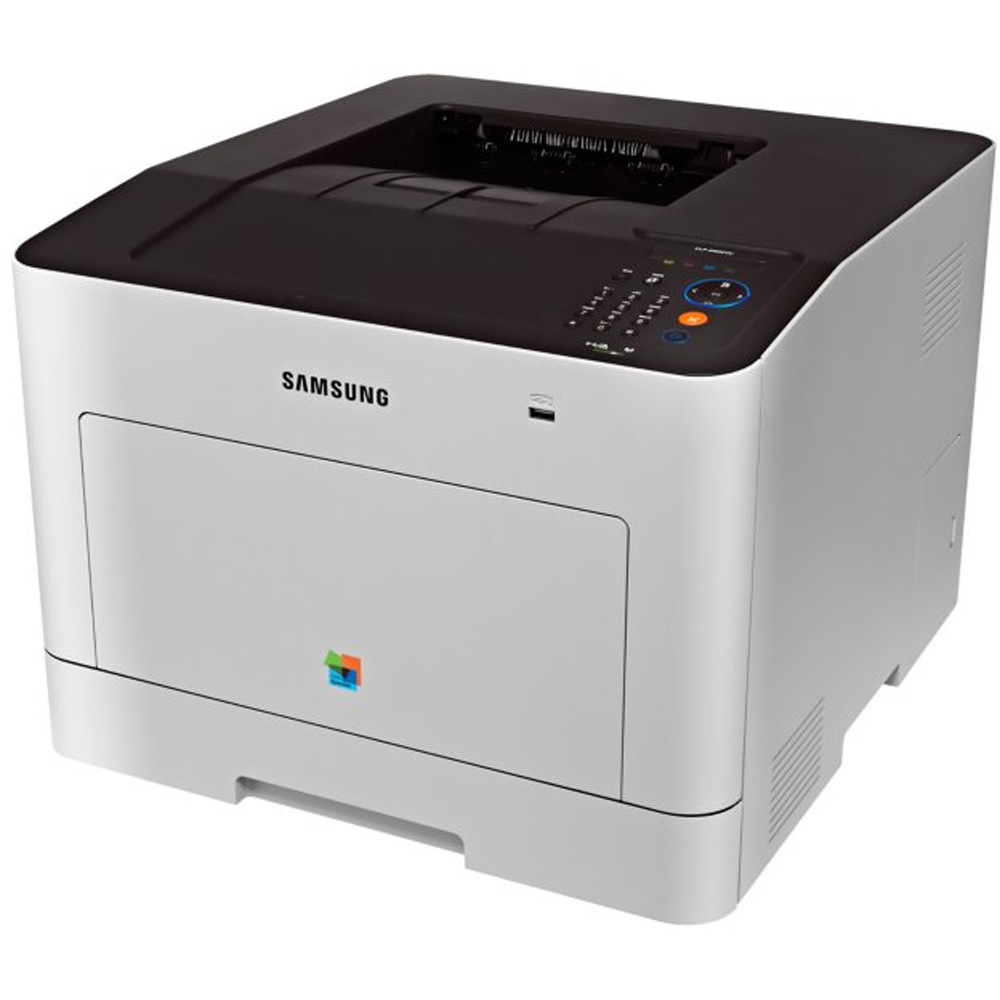Near Field Communication (NFC) v WiFi Printing

Last Updated on April 14, 2021 by Christian Ralph
These days, businesses require office printers that offer convenience and speed, which is exactly what wireless printers do.
Both wireless printing and near field communication (NFC) printing have now made this process more simplistic and accessible for its users, making them ideal additions to the workplace.
If you’re looking to move away from traditional office printing, find out why either a WiFi or NFC printer could be a more ideal option for your business.
What is NFC Printing
Near field communication printing, also known as NFC printing, brings together devices within a close proximity.
NFC technology is found on many portable devices and it allows radio connection with other devices such as smartphones, tablets and now… printers. Via this radio connection, NFC allows these devices to send data to one another, drawing comparisons to both WiFi and Bluetooth.
Now, even though WiFi and Bluetooth offer the same service, the NFC printing is ahead of them when it comes to a fast connection.
Your office can benefit a lot from an NFC office printer as it’s fast attributes helps optimise business productivity. Also, there’s no need for a more longwinded set up process like there is for wireless printers.

Image Credit: iStockPhoto.com / gradyreese (Via Custard Online Marketing)
All you have to do is go up to your printer and simply tap print on your device for NFC to work in full effect. However, both devices must have NFC technology for this to work in such a straightforward fashion.
For this reason, NFC printing well-suited to any kind of office as they aren’t required to have the significant power and reach that wireless devices do. This added security feature means that the printer will only work if they’re within close proximity to the device, and is a fantastic benefit for businesses concerned about security.
As a business owner, by using NFC technology, you’re eliminating the risk of anyone outside your company or team using your printer or connecting to your network. You can have full view of who’s using your printing consumables.
What is WiFi Printing
WiFi printing is certainly a more commonly used printer in offices than its NFC equivalent.
By using a wireless model, you’re getting away from the annoyances of cable heavy, offline printers which can be a nightmare to set-up, especially in the workplace.

Models such as this HP printer aren’t connected to your computer, instead they’re connected to a central wireless network where you can send your different print jobs, as long as you’re connected to the same network.
There are many advantages of wireless printing, with one of the main reasons being that you don’t have to worry about where to place your device in your office. You can locate it in an area away from your team so it doesn’t cause crowding in populated areas.
Furthermore, you can connect multiple computers to one single device. So, instead of having to print from just your desktop computer, you can print from a smart device or laptop too.
To connect to a wireless printer, you should be within a close proximity of the device, so if you’re in a large office, then you may potentially need a second network.
Are their alternatives I can use?
There are a few methods available if you want to make your own printer wireless.
Firstly, cloud printing is a superb wireless solution. This form of printing allows your printer to be connected to an infinite number of devices as long as they are cloud-ready, which tend to be newer models.
This is also known as mobile printing and there are no limitations on where you have to be located to complete a print job. Not only does this help with staff’s productivity levels when in the office, but the connections boost security and ensure that intruders aren’t eavesdropping on your personal documents.
Secondly, you can convert your printer to a wireless model via your USB port. This can be done by purchasing a wireless print server which needs to be compatible with your printer. It’s always best to check with your manufacturer handbook for compatibility.
This method allows you to access your printer from anywhere inside your office if it remains with the radius for connection to be successful.
Sadly, some manufacturers haven’t created wireless print servers for their printing devices, so this isn’t an option for all owners.
When it comes to choosing between an NFC or a WiFi printer, both certainly have their advantages and disadvantages over one another. However, what we know is that they are both excellent printing solutions for your business.
If you want more assistance on what printer solutions are ideal for your business get in touch with our expert team at Printerland today.

